NaturalPoint TrackIR 5 Review
NaturalPoint TrackIR 5
If you're a serious PC simulation gamer, the TrackIR could take you to the next level.
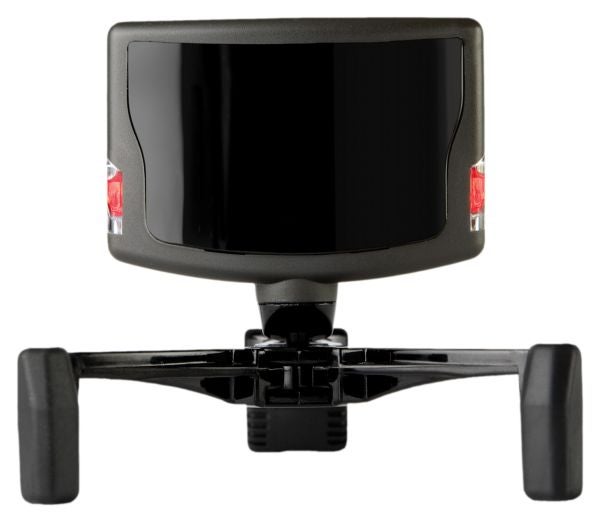
Verdict
Key Specifications
- Review Price: £139.95
While there’s no doubt that a percentage of the hardcore games market has abandoned the PC for the Xbox 360 and PS3, there are a few niches where the big old box will always reign supreme. For fans of simulations, for example, consoles will never really make the grade. Only a certain kind of PC gamer has the thirst for ultra-realistic portrayals of aviation, air-combat or racing, but it’s this audience that’s most willing to put no-compromise, no-holds-barred accuracy above gorgeous eye candy or immediate enjoyment. These are the people who have kept the likes of Simbin (GTR), Bohemia Interactive (ARMA: Armed Assault) and 1C (IL-2 Sturmovik) in business, and who continue to support smaller independent simulations like rFactor, Live for Speed, X-Plane and Condor. These are also the people who are prepared to shell out for additional gadgets and gizmos that will make the experience more lifelike, whether fully-featured, force-feedback steering wheels and joysticks, mock-up racing cockpits or triple-monitor adapters. If you’re one of them, then there’s a good chance that you’ve already heard of NaturalPoint, and heard of TrackIR.
Now in its fifth iteration, TrackIR is a system designed to turn real head movements into virtual head movements. It works with a number of games that provide a virtual cockpit view, and it effectively uses your head as a kind of mouse-look, or like the old ‘coolie hat’ controller on a proper flight-sim joystick. Turn your head left, and your view in-game rotates left. Turn right, and your view rotates right. Tilts of the head up and down work along similar lines. However, TrackIR goes further. In games with full support for all six degrees of movement, you can raise your head up and lower it down, lean left and right or move backwards and forwards, and your view adjusts accordingly. And as the system exaggerates small head movements into big ones in-game, you never have to turn so far that you can’t see the screen. It might not be quite as convincing as being surrounded by a bank of monitors in a serious, commercial simulation, but it’s certainly more immersive than the usual static view.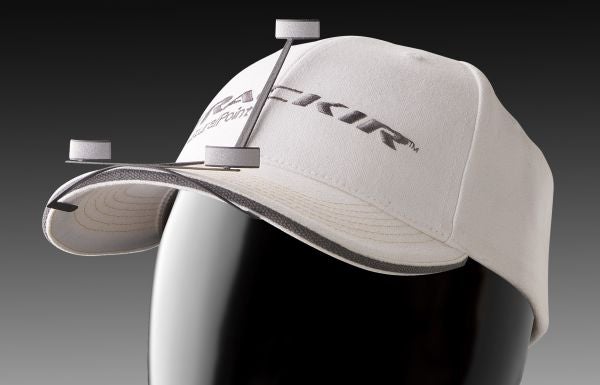
The actual kit consists of two main pieces; a USB infrared camera which sits on top of your main monitor, where it’s held by a simple adjustable mount, and one of two ‘TrackClips.’ The first is a passive clip with three reflective areas which hooks onto the brim of a baseball cap. The second – the TrackClip Pro – is an active unit that clips onto the left-hand side of your gaming headset and communicates with the camera and computer via USB. In either case, setting up TrackIR isn’t much of a problem; you install the software, connect the camera and the TrackClip, and it pretty much works. The only thing you may need to do is download a patch or an update for any games you want to play with the thing, though some – like Arma: Armed Assault II – work right out of the box.
There are a few practical issues in terms of everyday use. First, the passive clip had a tendency to fall off my own hat (though this might be the design of my hat), while the alternative TrackClip Pro is rather cumbersome and weird looking. Get it out at the average LanParty and it might look like you’ve tried unsuccessfully to spawn antlers. Also, I had to either sit lower than my usual sitting position or raise the monitor in order to get the camera and clip to work correctly. In my comfy gas-lift office chair, that’s not a problem, but there’s a chance it might be for you.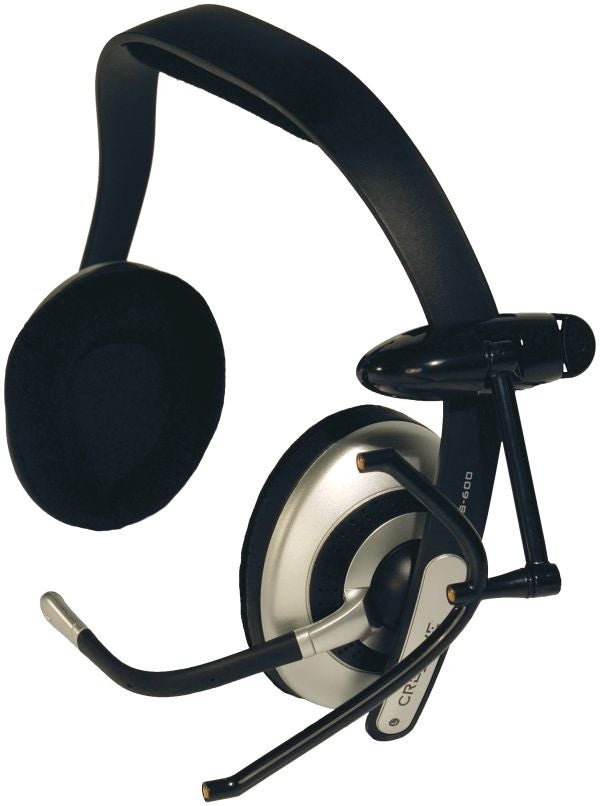
A utility is provided for setup and calibration, and you can use this to get a feel for how the system works. There’s a sphere view to give you an idea of how the tracking works in relation to your head movement, while 3D wireframe models of a human head help you check how your movements will be reflected in-game. There are easy adjustments for smoothness and speed of movement, and you can create custom profiles and set them for use with specific TrackIR supporting titles.
Here’s where there’s some room for disappointment: while there is a facility to make TrackIR function as a no-frills mouse-look, the technology really only works with games that have been designed or patched with the system in mind. Looking at the list you’ll see a number of big brand names – ARMA and ARMA II, Flight Simulator X, GTR2, Race 07, Tom Clancy’s HAWX, Colin McRae: DIRT, Race Driver: GRID and others – but the list is mostly restricted to serious sims. TrackIR would lend itself to other games – Far Cry 2, Battlefield 2 and Ghost Recon: Advanced Warfighter spring to mind – but they won’t work correctly unless NaturalPoint can convince the developers to do the work required. The company is clearly working hard to do so, but while budgets stay tight and the technology remains niche that might be an uphill struggle. 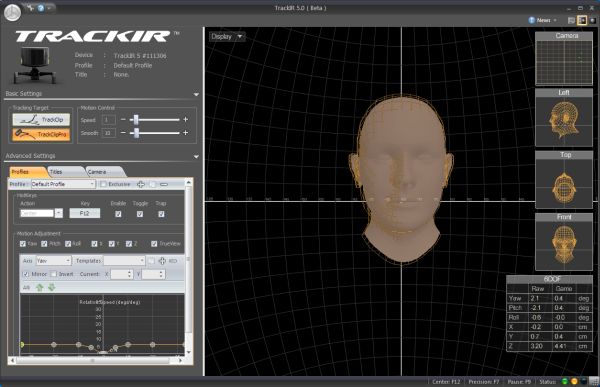
And that’s a shame, because where it works TrackIR can be very impressive indeed. I tried it with a selection of games, including X-Plane (the popular hardcore indie flight-sim) Colin McRae: DIRT, Arma II, Race 07 and Future Pinball. While the technology takes a little getting used to, it definitely adds a new layer of immersion to the experience.
It’s in racing games that it’s initially most appealing. With Logitech G25 steering wheel in hand and Race 07 on the screen, at first the TrackIR feels like a distraction – just another thing to stop me getting my Seat around Monza in one piece. After a few practice laps, however, something changed, and I started using the virtual cockpit view to peer towards the next corner or even improve the view as I spin the car into it – a bit like I might in a real car. It also adds to the excitement of pushing through the pack once race day comes; there’s nothing like flicking your head left to peer at a rival as you pass, even if there’s only a fraction of a second to spare as you speed your way into the next turn. 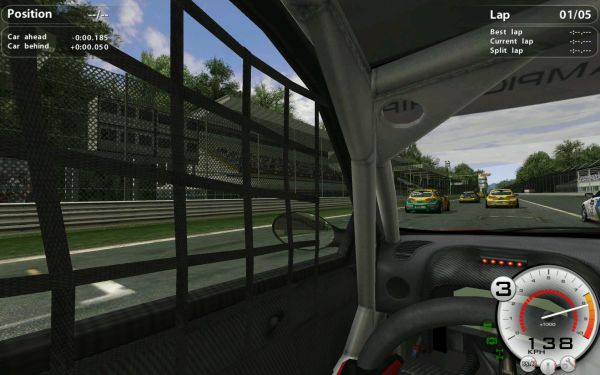
DIRT is a little more challenging, if only because the view through the windscreen with the helmet cam (the only view TrackIR suports) is already quite restrictive. Again, though, TrackIR adds an extra sense of immersion to the game. Checking left and right and trying and peer around oncoming corners is pretty cool and surprisingly useful, as is being able to look out nervously at the occasional steep drop off to your left. It also makes you wish the game put more effort into animating your co-driver. When I turn right and take a look as we’re ploughing towards a steep, tree-lined bank at 60mph, I really expect to see a little emotion on the guy’s face.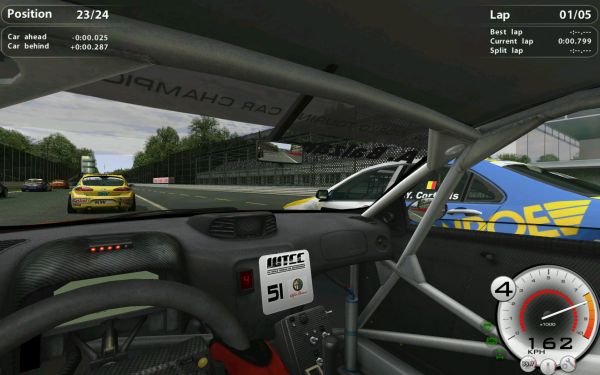
Of course, TrackIR was originally designed with flight simulators in mind, and a quick run on X-Plane gave me some indication why. Not only is it very easy to glance down and check the instruments, just as you would in a real plane, but it also makes it easier to check the views out from all the cockpit windows without having to mess around with the coolie hat or hotkeys. It’s also easy to see why TrackIR might give you an edge in combat flight sims, where all-round awareness can be a factor on who survives a dogfight, and who ends up spinning in a smoking mess towards the ground. 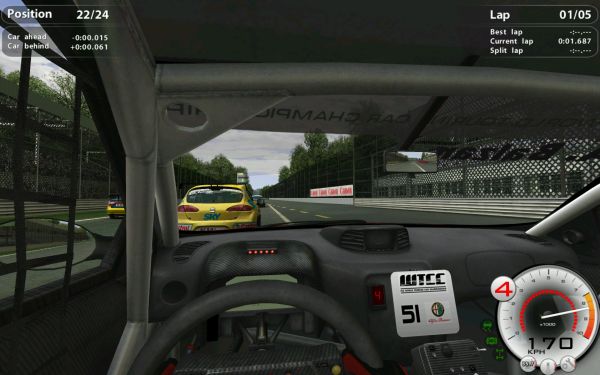
Future Pinball isn’t quite such a showcase for TrackIR, but the hardware does add something when you play a table. Just as in real pinball, you need to flick your gaze rapidly between the flippers at the bottom of the table and the various targets, switches and hotspots nearer the top and while this sometimes proved a challenge for the tracking mechanisms, producing a small amount of lag, there was again something more lifelike about the experience. It won’t change your life, but it’s cool nonetheless.
However, it’s Arma II that really sells TrackIR for me. I’ll admit I’m not a huge fan of the game or the realistic military sim genre; once you go beyond, say, GRAW and GRAW2, I find the extreme difficulty levels and rather unforgiving gameplay a bit aggravating. Nor is Arma II the easiest game in the genre to get to grips with, hampered as it is by less than intuitive controls and some rather long-winded game mechanics. All the same, TrackIR makes the game absorbing and exciting enough for me to get over these issues for a while. The look mechanism has cleverly been isolated from control of direction and targetting, meaning the mouse remains in control of your heading and your sights, even when you have your head turned to face a completely different direction. As a result, you find yourself racing through the brush in some godforsaken Soviet land, sneaking peaks left and right to check on the whereabouts of squad mates, and using your head to maintain a greater awareness of your surroundings and any lurking dangers therein. And when helicopters speed overhead or the bullets start whizzing over your shoulder, frantically scanning around just adds to the game’s taut atmosphere. If only NaturalPoint could bring TrackIR to Battlefield or Call of Duty, I suspect the results would be fantastic.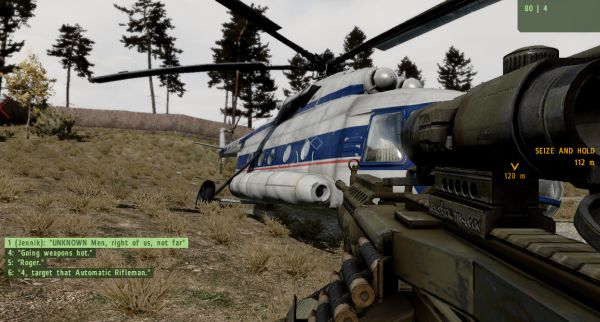
It’s also worth pointing out that TrackIR works with multi-monitor setups, and while I had to make do with a single 22in screen, I suspect that having a large horizontal view to work with should only add to the sense of immersion.
All very good, then, and if you’re heavily into your sims and you already have the flightstick, the steering wheel and the triplehead setup, then TrackIR probably is the next logical step. However, it’s not a cheap step, and given the relatively small number of games supported – and many of them quite obscure – this leaves me with a quandry. At £140, does TrackIR represent good value for money? Just about, but it could do with being a little cheaper – even compared to most yokes, steering wheels and flight-sticks this is a pricey bit of kit, and the aforementioned products will typically work with a much larger number of games. And while it’s easy to see where the money has gone with a G25 steering wheel or a flight yoke, throttle and pedals, nothing about the TrackIR makes it feel all that expensive.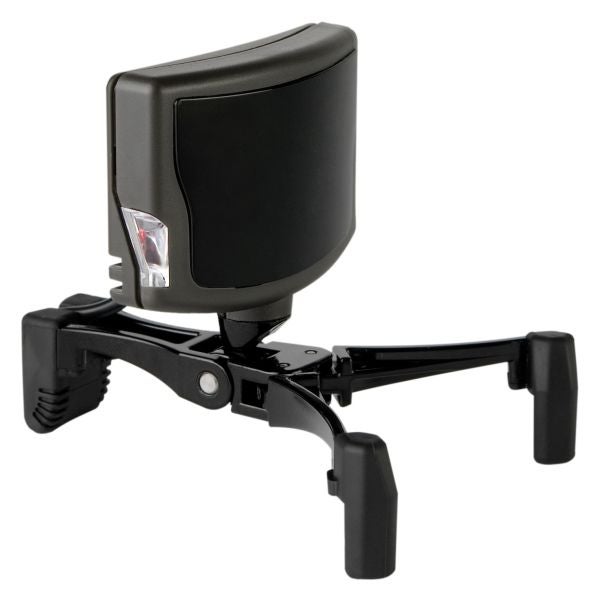
But games support is really the crucial issue. The best thing to do is take a look at the{linkout:http://www.naturalpoint.com/trackir/03-enhanced-games/enhanced-games-all.html list of supported games. Run down the list and see how many of them you are still really serious about playing, and how many you’ve forgotten, never known about or left behind. If you’re still putting serious hours into one, two or more, then buying the TrackIR kit makes sense. If not, then a better monitor, a new controller, a new graphics card or maybe just a few more games will probably get you more for your money. For serious sim-heads, then, TrackIR is an attractive if pricey proposition. For the less committed, it’s an interesting technology, but one that needs a smaller price tag and a longer list of supporting games to convince.
”’Verdict”’
TrackIR is an effective technology that adds a new layer of immersion for fans of serious sims. If it only had stronger games support and a lower price point, it could probably convince some more mainstream gamers too.
Trusted Score
Score in detail
-
Features 7
-
Value 7
-
Design 8

